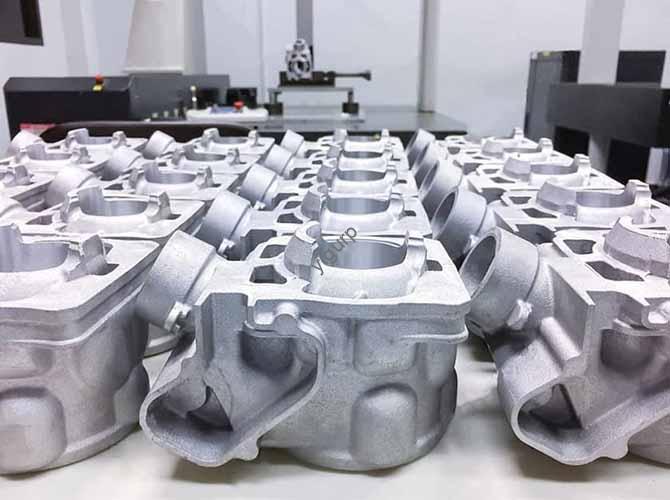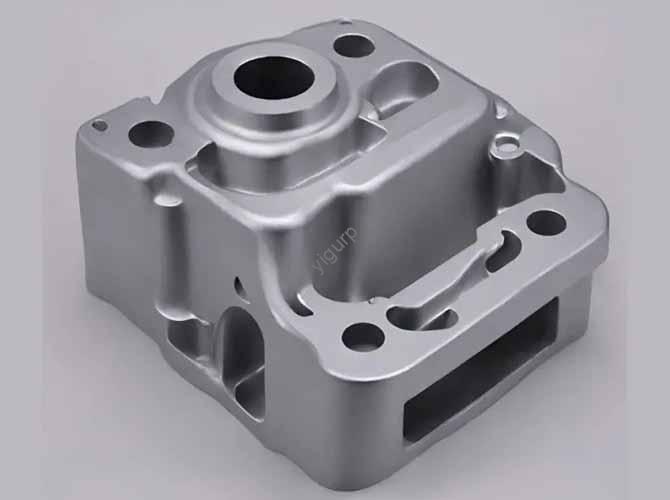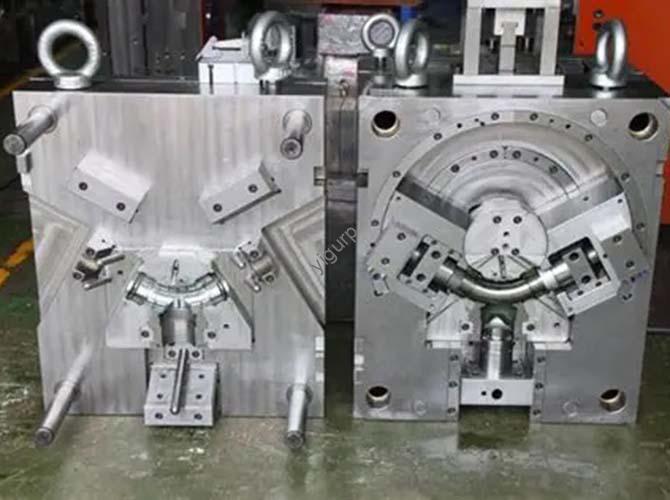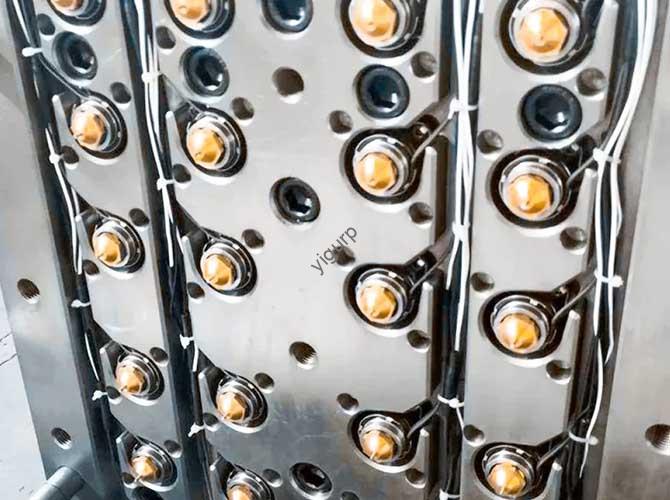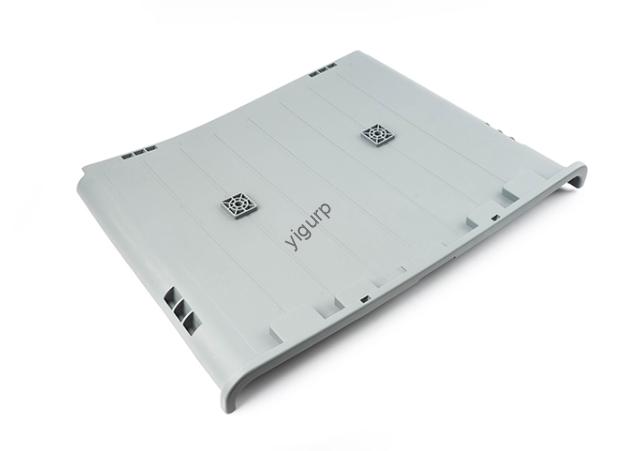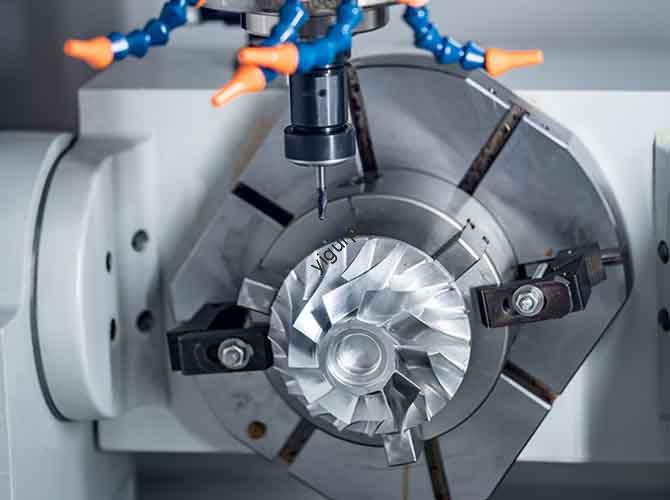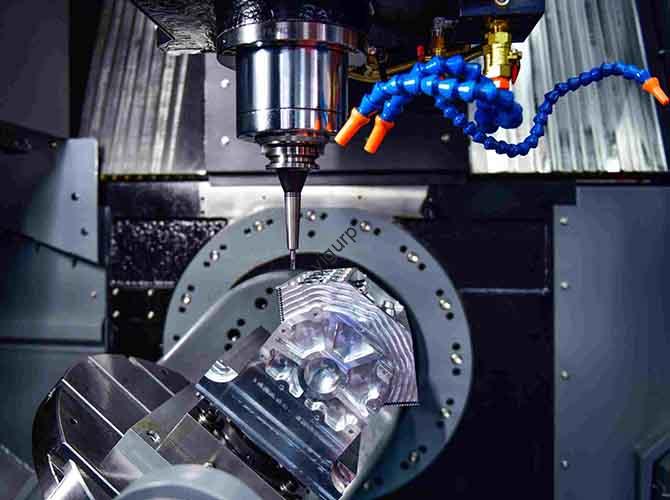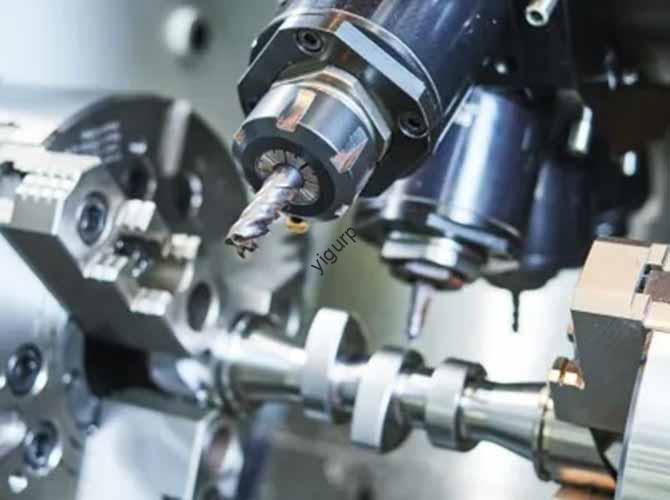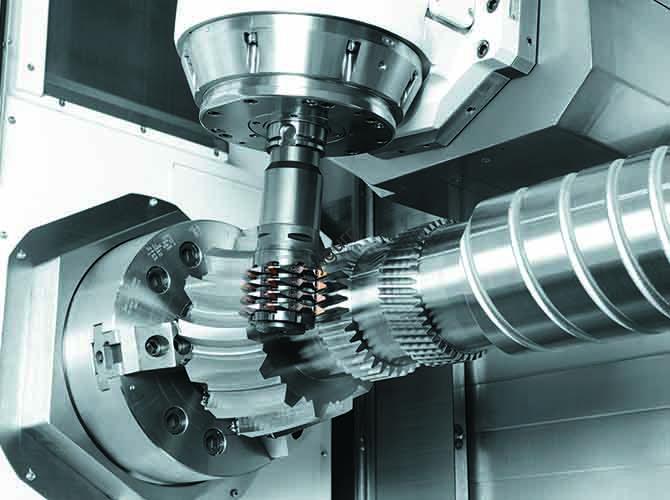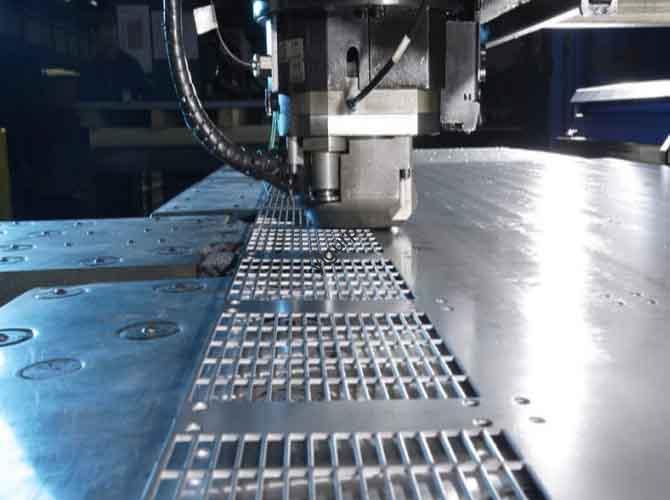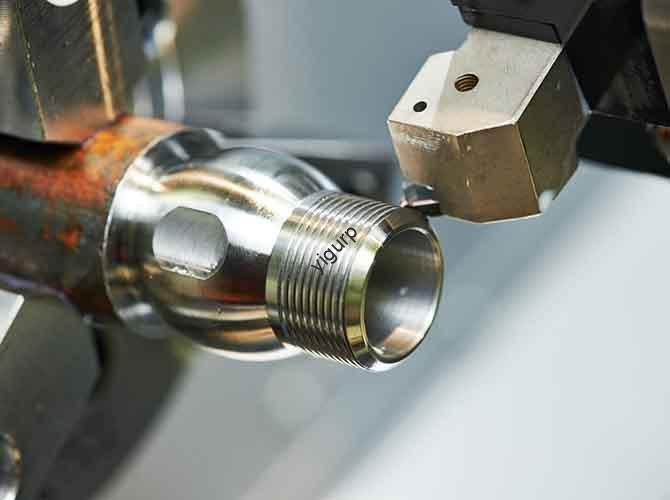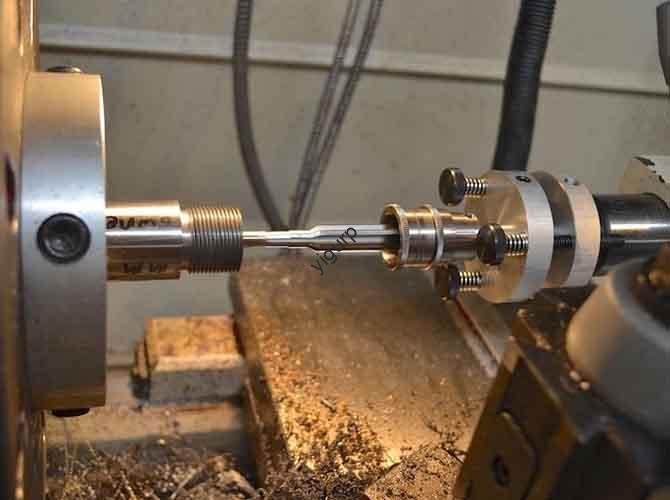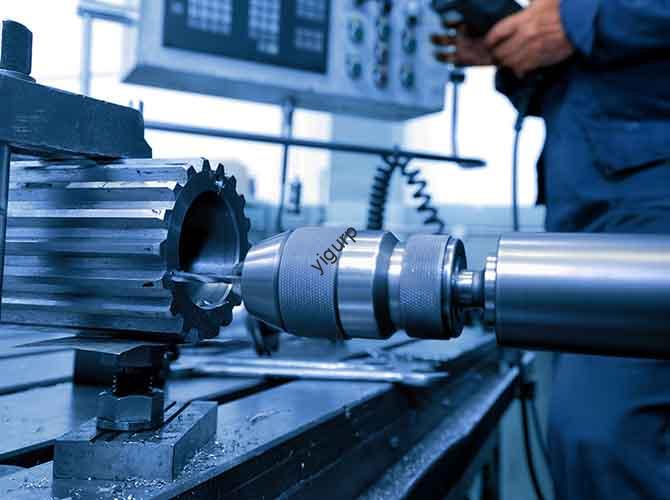Aluminum Alloy Die Casting Machining Parts: A Complete Process Guide for Precision Production
Aluminum alloy die casting machining parts are everywhere—from automotive components to electronic housings—thanks to aluminum’s lightweight, high strength, and cost-effectiveness. But turning molten aluminum into high-precision machined parts requires mastering every step: from choosing the right alloy to final surface treatment. How to avoid common pitfalls like porosity, distortion, or dimensional errors? This guide breaks […]
